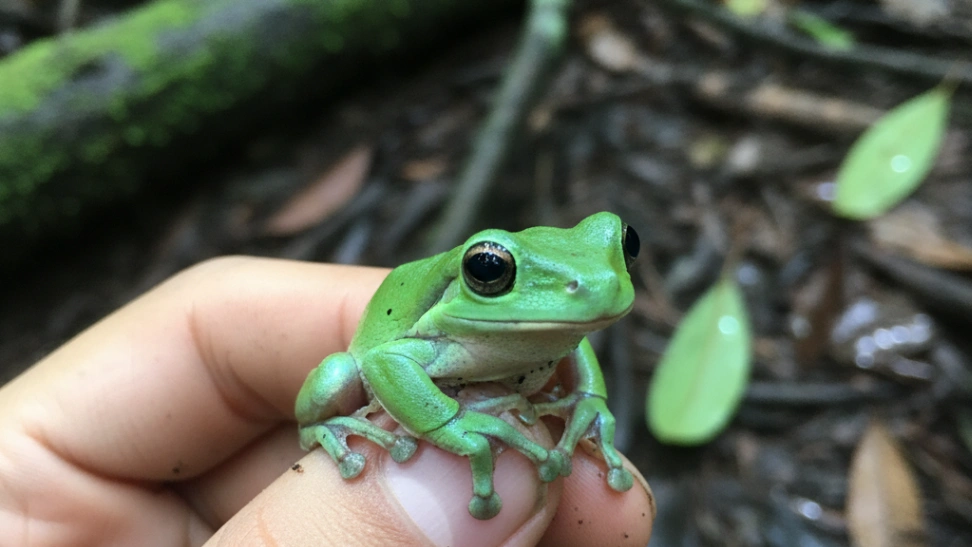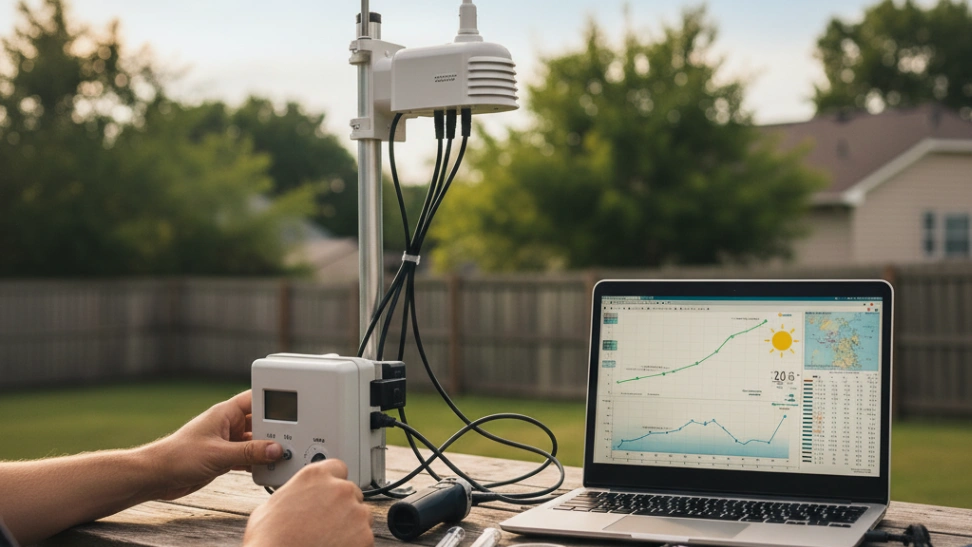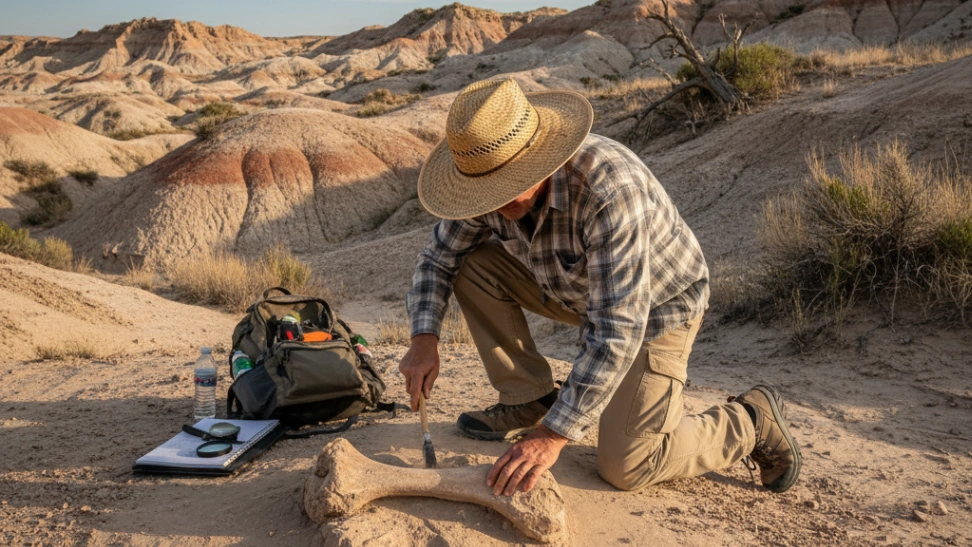The term "herping" itself is a relatively modern adaptation, but the practice of observing and documenting reptiles and amphibians dates back centuries. Ancient civilizations revered and feared these animals, often incorporating them into myths, religions, and early natural histories. The formal scientific study, herpetology, began to solidify during the Enlightenment with figures like Carl Linnaeus categorizing species, and later naturalists like Edward Drinker Cope and John Edwards Holbrook conducting extensive fieldwork in the Americas, greatly expanding our understanding of these creatures. Early naturalists often collected specimens for scientific study, a practice that has largely evolved into non-invasive observation and photography for hobbyists today, driven by ethical considerations and conservation awareness. The modern hobby of herping, as we know it, gained significant traction in the late 20th and early 21st centuries, fueled by improved field guides, accessible online communities, and advances in digital photography, allowing enthusiasts to share their discoveries and learn from one another without disturbing wildlife.
Engaging in herping requires more than just a desire to see a snake or frog; it demands a blend of preparedness, knowledge, and ethical practice. Enthusiasts typically spend time researching local species, understanding their habitats, and learning about their behaviors, breeding cycles, and dietary needs. This foundational knowledge is crucial for successful herping, as it helps identify prime locations and optimal times for encounters. Patience is a paramount virtue, as many reptiles and amphibians are masters of camouflage or nocturnal, requiring long periods of quiet observation. Once an animal is spotted, the objective is often to identify it, perhaps photograph it, and then leave it undisturbed. Herpers learn to tread lightly, avoid damaging habitat, and minimize stress on the animals, always prioritizing the well-being of the wildlife and the integrity of their environment. This often involves careful observation from a distance, or, if a closer look is necessary for identification, handling the animal minimally and with clean, gentle hands before releasing it quickly back to where it was found.
Beyond the thrill of discovery, herping offers significant contributions to citizen science and conservation. Amateur herpers often document species occurrences, range extensions, and population trends, sharing their data with scientific databases like iNaturalist or local herpetological societies. This collective data provides invaluable insights for researchers and conservationists, helping to monitor species, identify threats, and inform conservation strategies. Many herpers also become advocates for reptile and amphibian conservation, educating the public about the ecological roles of these often-misunderstood animals and working to dispel negative stereotypes. They participate in habitat restoration projects, road surveys to prevent road mortality, and educational outreach, turning their passion into a powerful force for protecting biodiversity. The hobby thus transcends mere personal enjoyment, fostering a deep sense of responsibility towards the natural world and contributing tangible benefits to scientific understanding and conservation efforts.
The accessibility of herping is one of its most appealing aspects. While some advanced herpers travel to exotic locales in pursuit of rare species, a vast majority enjoy the hobby in their local parks, backyards, or nearby wilderness areas. It doesn't necessarily require expensive gear, though good binoculars, a camera, and a reliable field guide are often staples. The true investment is in time, observation, and a willingness to learn. The best herping experiences are often found by slowing down, paying close attention to the subtle details of an ecosystem, and understanding how various elements—from specific plant cover to the presence of water—create suitable homes for different herp species. Whether it's turning over a log to find a salamander, peering into a pond for frog eggs, or patiently scanning a rock face for a basking lizard, herping connects practitioners to the intricate web of life in a uniquely engaging and educational way, offering endless opportunities for learning and appreciation of the natural world. The community aspect is also strong, with online forums and local groups facilitating knowledge sharing, organized field trips, and a sense of camaraderie among like-minded individuals who share a passion for these often-overlooked creatures.



